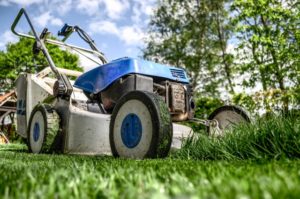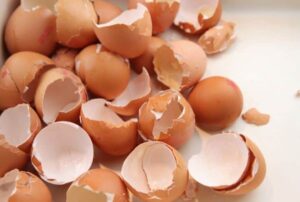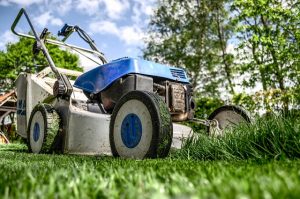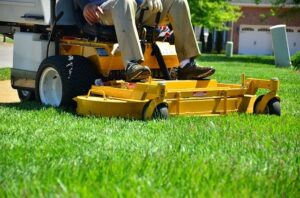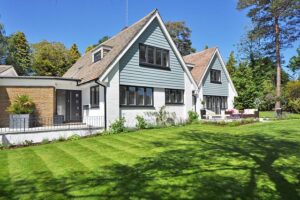Different Types of Greenhouses

A greenhouse seems like a God-sent gift to any gardening lover who lives in a climate where it’s impossible to plant and harvest plants all-year-round. As there are many different plants and climates, as well as gardeners’ likings and needs, there are also various types of greenhouses.
Prices may vary from hundreds to thousands and the result depends on two things only – available space and budget. If you have that settled, you need to decide if you are going to lay foundations or you prefer a greenhouse to be installed.
Then you can shop for the necessary kit and equipment – Greenhouse Stores offer a variety of choices. In order to do it right, you have to know what kind of greenhouse you will need.
Things to consider
Location
Choosing the right spot for greenhouse can make a significant difference in the overall health and productivity of your plants. The ideal location for a greenhouse is one that receives ample sunlight throughout the day. Sunlight is essential for photosynthesis, which is the process plants use to convert light into energy. Thus, a sunny location ensures that your plants get the energy they need to grow and produce fruits or flowers.
Locating the greenhouse near a natural windbreak, such as a fence or dense vegetation, shields the plants from strong winds that can cause damage or hinder growth.
Size
The more you have, the more you want. Most gardeners, when they decide on a greenhouse, they soon come to the conclusion that they could use something bigger so make sure you make your greenhouse as big as possible.
The optimal size is 6 feet wide but 8 feet wide will let you put useful shelves on both sides so it’s worth considering. The minimal height of the eaves should be 5 feet to let the light in.
Materials
Timber greenhouse will look great and it’s capable of maintaining a stable temperature. However, it will also cost more and it requires more maintenance. Aluminium is much cheaper, low maintenance and you can powder-coat it in whatever colour you like.
A wooden greenhouse can be half-walled with different materials like bricks or timber but if you glaze it to the ground, you won’t be able to grow plants at that level.
When it comes to glazing, horticultural glass is the best option – it lets the most light in, it’s durable and there’s no trouble if it gets broken – it’s easy to replace. Toughened glass should be considered if there are outside things that can bother the plants – high traffic nearby or kids running around. Polycarbonate is also durable and it insulates well but it lets less light in.
Ventilation
There must be a way to ventilate your greenhouse, especially in summer.
The average 6 feet x 8 feet greenhouse should have two roof vents and one side vent. It’s possible to have an automatic opener installed so that you don’t have to worry about opening windows.
Shading
Shading is an essential aspect of greenhouse management that involves protecting plants from excessive sunlight and heat. While sunlight is crucial for plant growth, too much of it can be harmful, leading to scorching, wilting, and even plant damage.
Shading helps maintain a more balanced and suitable environment for the plants. Shading is particularly important during the hot summer months or in regions with intense sunlight.
By managing shading effectively, you can create a more stable and suitable growing environment, ultimately improving plant health and optimizing productivity.
Types of greenhouses – growing needs
Cold Frames
This is used to supplement the greenhouse or as a separate mini-greenhouse to harden off your plants. They are set directly on a garden bed to take cuttings and shield the plants from the cold weather. Some gardeners use cold frames to grow plants who require colder conditions during warmer months and to protect winter lettuce and salads.
Cold frames can be moved whenever and wherever you want.
Starter Greenhouses
They normally are relatively small or mid-sized and allows gardeners to propagate seeds and starter plants that can be later moved outside. Many people use it also as a storage place where they can keep their supplies covered, repot the transplants and store harvested crops to be cured and processed before winter.
Starter greenhouses often have clear coverings to let the light in as it helps seeds to propagate.
Grower Greenhouses
These are larger than starter greenhouses with diffused or semi-diffused coverings. They are intended to shelter the plants that grow full-time indoors.
Most gardeners who choose this type of a greenhouse decide to make it large enough to serve all purposes: propagating seeds, growing crops, curing harvested plants and preparing them to be stored.
Aquaponic Greenhouse
Aquaponic greenhouses combine aquaculture (fish farming) and hydroponics (soilless plant cultivation). The waste from the fish is used as nutrients for the plants, and the plants filter the water for the fish. This system creates a symbiotic relationship between fish and plants, allowing for the cultivation of both fish and crops in the same greenhouse.
Research Greenhouse
Research greenhouses are designed for scientific research and experimentation. They may have specialized equipment for controlled studies on plant growth, environmental factors, and new cultivation techniques.
Types of greenhouses – temperature
Hot Greenhouses
The average temperature in this greenhouse is between 19 and 22 degrees but you can always make it higher if you need to, for example, if you’re planning on growing some tropical plants. To keep the temperature high and stable you will need good heaters and grow lights.
Warm Greenhouses
The average temperature there range between 10 and 13 degrees – that’s the temperature range in which you would grow plants that normally grow outside in your flower or vegetable garden. During colder months you will need a heater or growing lights to keep the temperature on the desired level.
Cool Greenhouses
The average temperature here is between 4 and 8 degrees. These are perfect conditions if you want a nursery greenhouse for your plants where you can germinate seeds and raise starter plants preparing them for summer months. Normally they don’t need heaters nor growing lights but you should think about buying them if winters are really cold in your area.
Polytunnel
It’s not exactly a greenhouse and it doesn’t hold heat very well but if you live in a climate with mild winters or you don’t grow tender plants, it may be enough for your needs. It’s much cheaper than any greenhouse and can be a great way to grow both summer crops (e.g. tomatoes) and winter crops (e.g. lettuce).
Now that you know a thing or two about different types of greenhouses, you can consider your needs and decide which one suits you best. It can be a difficult task, as you will be investing your time and money in this, so make sure you do your research.

